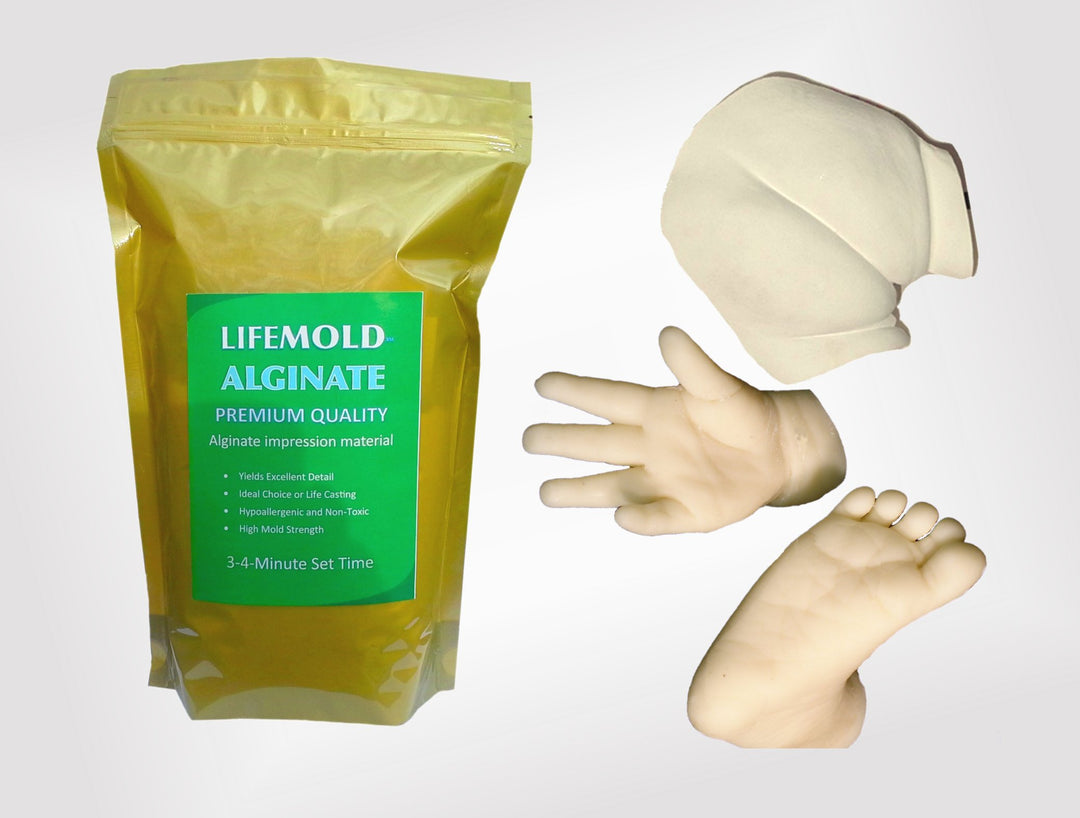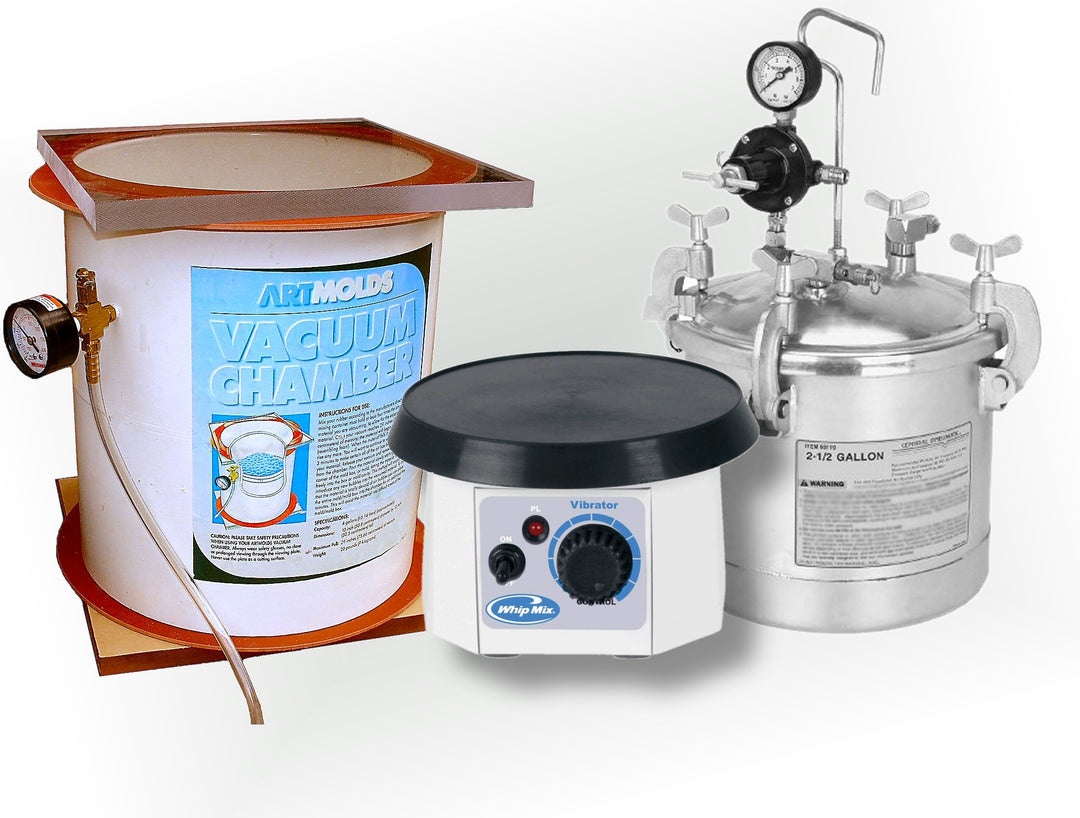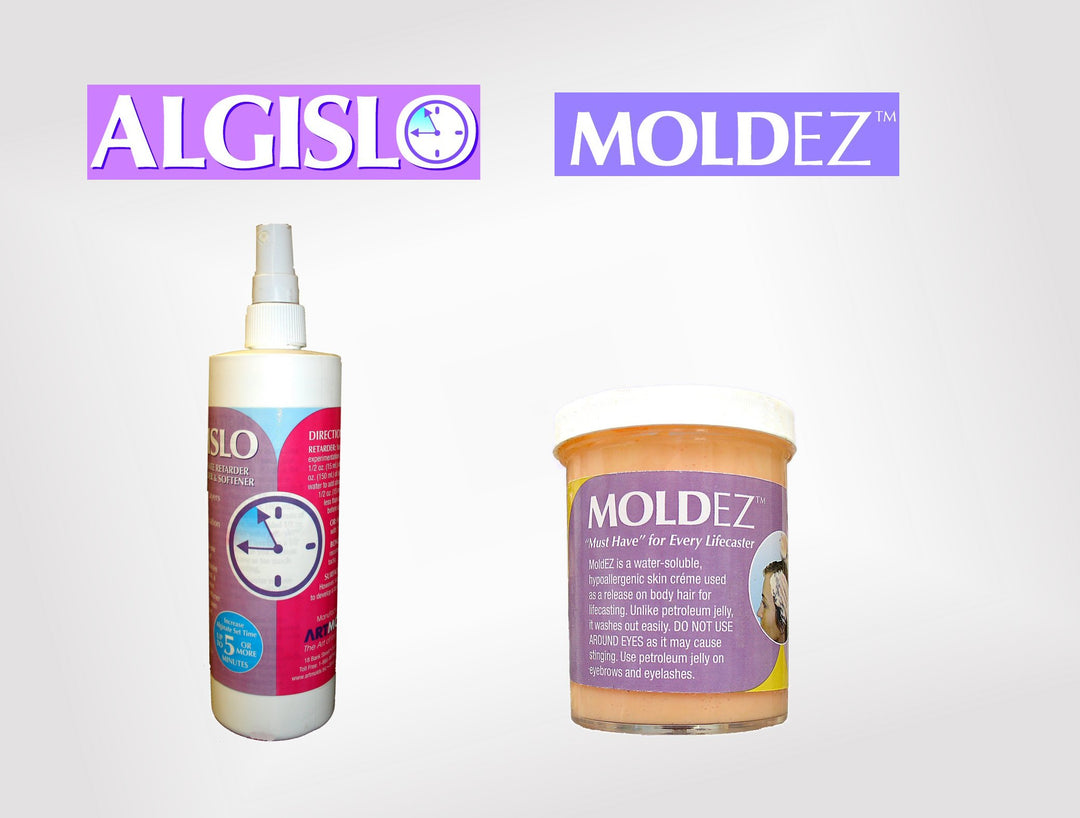Block Mold - Injection Type | Page 1 - ArtMolds

Figure 1
Injection molding is one of the most widely used manufacturing processes in the world today. Most plastic items in your home, automobile and your electronics are created through injection molding. The advantage of injection molding is that it can easily and dependably create thin-walled parts. The disadvantage is the tooling costs (molds) are expensive to produce as they are machined from metal such as aluminum and steel. However, an injection mold need not be expensive as you about to learn. An injection mold is the perfect answer for molding model parts such as model trains, cars, transformer super-heroes, and garage figure modeling and similar items. For our example, we have chosen to reproduce the body of a Volks Wagon model car. The thickness of the plastic is about 1/16th of an inch and would be difficult to mold otherwise, without gaps in material coverages created by air traps. We begin by covering the outside of the car with plastic wrap to protect it from the clay we will add.

Figure 2
We tape the plastic to the outside perimeter of the auto body. See the arrow in Figure 2 points to a piece of tape in the mold maker's hands as he begins the process of protecting the exterior. Once the plastic wrap is attached, the excess is cut off using a scissors.

Figure 3
The car body is then placed upside down on a piece of foam board or cardboard which is used as a base. Pieces of oil based clay are then placed tightly around the perimeter to begin building a wall of clay around the exterior of the model.

Figure 4
The mold maker continues to build up the way wall using small pieces of clay. His objective is to make it level with all of the outside edges of the model.

Figure 5
Now that the clay has built up to the outside edges of the model, the mold maker begins to square off the clay using clay modeling tools.

Figure 6
The next objective is to create a smooth 90-angle of clay to model following the lines of the model's edges. He uses a number of clay modeling tools for the smoothing and refining the edges.

Figure 7
When the edges of the clay are perfectly flush to the model and level, it is time to build the mold box. This is accomplished using foam board on which we have made one-inch parallel cuts to one side. This allows the foam board to be easily bent around the model. The foam board is pressed tightly against the clay. Then the outside edge of the foam board is hot glued to the baseboard to not only hold it in place, but to prevent the silicone rubber that we will pour latter, from leaking.
Click next to continue.






